Reshoring: What’s Next for the Steel Supply Chain?
In our last article on the state of the steel industry in 2025, we noted that while tariffs may cause some short-term market disturbances, “longer term, reshoring and domestic investment could offer a more stable path forward.”
In this blog, we take a deeper look at reshoring, explain its business benefits, and explore why more companies are re-investing in American manufacturing.
What is Reshoring?
Reshoring refers to relocating activities like manufacturing back to their domestic market. This concept can be understood as the opposite of offshoring (moving a business operation from a company’s home country to a cross-border location).
This can take many forms, not just companies relocating factories or plants, but also buyers shifting procurement away from foreign suppliers in favor of domestic sources.
Whether it’s a manufacturer reestablishing a production line in the U.S. or a firm moving a customer service department stateside, reshoring represents a strategic effort to localize operations for greater control, resilience, and alignment with market preferences.
Reshoring Fundamentals: Key Benefits
Reshoring manufacturing is an economic balancing act. In many cases, production was moved internationally due to perceived labor cost advantages. It’s important to recognize that a domestic steel supply chain offers distinct benefits as well. The Reshoring Institute suggests that domestic suppliers offer core economic benefits including:
Shorter lead times compared to international suppliers.
Leaner inventory management and carrying costs.
Reduced logistic costs and delivery times.
Stronger protections for intellectual property.
Recent experiences in the wake of the COVID pandemic vividly showed many businesses how valuable a domestic supply chain can be. Port bottlenecks, international shutdowns, and other disruptions have caused many firms to put a new premium on supply chain resiliency. A domestic supply chain provides a buffer against more than just an international pandemic. Reshoring can also directly help reduce the impact of unpredictable disruptions like natural disasters, geopolitical conflicts, or trade disputes.
Reshored production gives businesses more control, faster response times, and improved quality oversight. When manufacturing is closer to company headquarters, it’s easier to monitor each stage of the process, enforce stricter standards, and address issues quickly, leading to more consistent outcomes, greater customer satisfaction, and ultimately a stronger brand reputation.
A Declining Cost Advantage
According to a whitepaper from the MEP (Manufacturing Extension Partnership) National Network, the cost advantage of international production has largely evaporated. The report notes that “total cost of ownership (TCO) drives many reshoring decisions…While overseas outsourcing initially offered significant cost advantages, many factors have eroded those benefits.”
Among other factors, rising incomes in global markets like China have slowly but surely mitigated the labor cost advantage that caused many companies to offshore their supply chain in the first place.
Even before tariffs, reports suggest that this dwindling cost margin was driving substantial reshoring of manufacturing activity. The Reshoring Initiative estimates that, as of 2023, 87% of reshored economic activity was coming from China due to their rising labor costs. Now, tariffs have the potential to further reduce any potential cost advantage enjoyed by international manufacturers.
Reshoring Momentum
The combination described above, a declining cost advantage coupled with a new emphasis on resilient, responsive supply chains, is leading to sustained momentum for reshoring.
Data (available only through 2023 at the time of publication) show a sharp uptick in reshored plus FDI (Foreign Direct Investment) jobs since the COVID pandemic. This rise in FDI reflects a parallel dynamic to reshoring: more international firms are establishing domestic operations in the U.S. to meet growing demand for domestically produced goods.
Source: Reshoring Institute Data Published by WeldingProductivity Magazine
These data show that the cumulative number of jobs brought back to the United States since 2010 is nearing 2 million. Moving forward, there are positive signs that this momentum can be sustained. Research by the management consulting Kearney shows that 96% of CEOs are considering or have already started reshoring business operations.
Reshoring Examples
Caterpillar reshored 1,900 jobs by shifting production of construction equipment from Japan to facilities in Georgia and Texas.
GE reshored production of appliances, industrial batteries, and lightbulbs to Kentucky, New York, and Ohio, creating over 4,000 direct jobs and supporting 18,000 more across domestic suppliers.
Sherrill Manufacturing provides a smaller example. This steel flatware company reshored production from Mexico to New York and pioneered a direct-to-consumer model to remain competitive on cost.
First party/customer example?
Jade Sterling Steel’s Domestic Steel Supply
At Jade Sterling Steel, we’re proud to support reshoring and domestic manufacturing by supplying high-quality U.S.-sourced steel. With deep industry knowledge and a wide network of trusted mill partners, our team can help you find the right steel solutions to meet your production needs.
If you have questions about sourcing domestic steel or would like to discuss a specific application, please don’t hesitate to contact your Jade Sterling sales representative.


